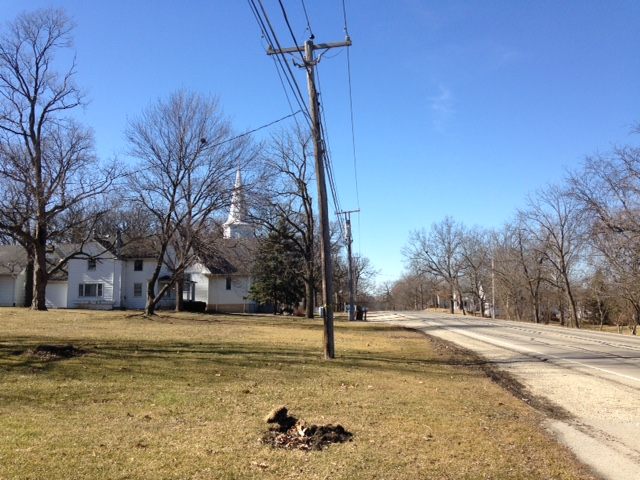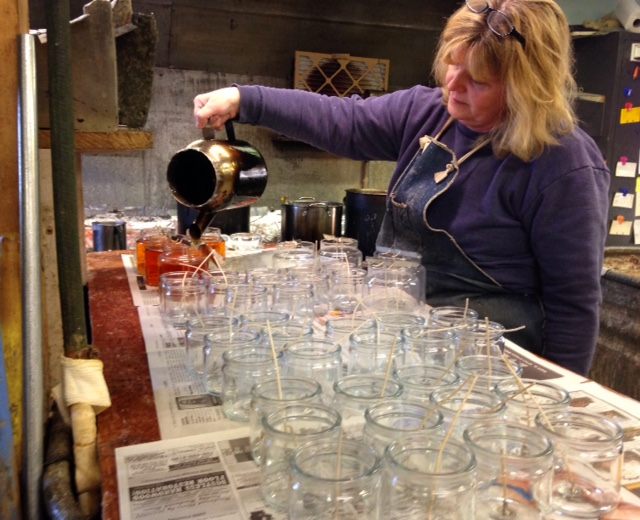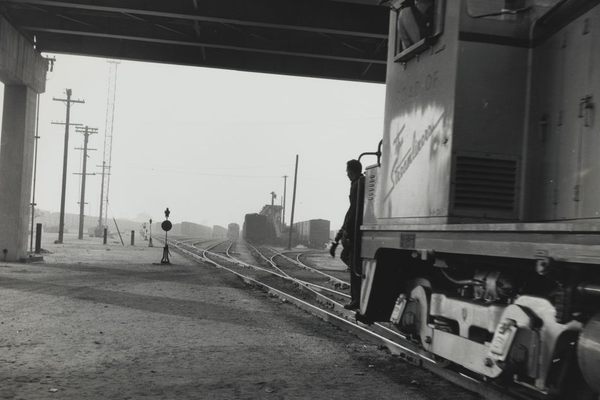Living in Marley, the Town That Doesn’t Exist
The Illinois community is determined not to let a tragedy destroy it.

You can address a letter to Marley, Illinois. You can check into Marley, Illinois, on Facebook. You can say you live in Marley, Illinois, and locals will know exactly where you reside. But Marley, Illinois, is not an actual town. Well, not anymore.
Marley was once a promising railroad settlement. It was built in 1881* when the Wabash Railroad from Chicago to Joliet cut through the hill on the corner of a farm owned by a man named George Haley, leaving a triangular piece of land that was developed around it. Though incredibly rural, the Marley train stop became an essential milk shipping station into Chicago. Local farmers shipped milk and grains, which caused local businesses to pop up in the area at a rapid rate.
In the late 19th and early 20th centuries, Marley “was a lively place,” says Julie Cleveland, a local resident. “There used to be Fourth of July parades and everything up and down the streets. I wish I was here back then!”
Cleveland moved to Marley in 1962 when she married her husband, a lifelong resident of the town and member of its founding Marshall family. Originally the secluded, four-street, 111-lot settlement was only inhabited by the Haley family and the Marshall family, with many of the descendants of those families still living in Marley today. The name Marley came about after the post office was built in 1879 and they decided to combine Haley and Marshall into Marley.
In 1932, tragedy struck when a train derailment destroyed the railway station. The station was never rebuilt and Marley was never able to recover from the accident. The tiny town lost so many businesses that now only the school, retirement home, candle shop, and the white-steepled Marley Church remain. The church has been standing since 1900 with few adjustments, though, according to the late Marley historian Iva Gillet Sproat, “the previous steeple had to be removed in 1924 after being ravaged by woodpeckers.”

Today Marley is a short few blocks off of 187th Street, and feels a bit like it’s stuck back in time, with many of the original farmhouses remaining and former businesses such as the general store having been converted into homes. The last general store closed in 1954, leaving the area mostly residential.
“We don’t consider ourselves Mokena or New Lenox,” says Cleveland, referring to the neighboring towns. “We’re far enough away to be our own community.”
The community spirit is most evident at Marley Candles, which has been in operation since the ‘60s. Employee Arlene Nelson has created a shrine to the history of Marley and Marley Candles in the back of the store for all curious visitors to peruse. Newspaper clippings, the original candle molds, and documents showing handwritten notes from old Marley residents are all displayed in glass.

Arlene insists the community is held together by the candle shop and the church, both places that proudly pass on their legacies. Candlemaker Betsy Milligan carries on the tradition of making candles exactly the same way and in the same spot as the original owners did, carefully pouring molds in an almost meditative ritual in the backroom of the shop. Kathy Chapleau and her father John Fixari keep the business going at what is now a staple of the Marley community.

Though Marley residents are proud to say they live in Marley, practicality—and the postal service—sometimes require them to assimilate into neighboring communities. Frankfort postal employee Maria Weber recalled seeing “Marley, IL” addressed on mail for years until only a few years ago when the postmaster threatened Marley residents against doing so. “The old postmaster said he would stop delivering their mail if they didn’t start using the correct address,” she says. “Marley doesn’t have its own ZIP code.” The postal service has asked Marley inhabitants to use the ZIP code of neighboring Mokena.
There is, however, one glimmer of hope for the future. For the first time since the derailment, the railroad tracks are being used again by Metra commuter trains. Who knows? Perhaps Marley can once again grow.
*Correction: This post previously stated that Marley was built in 1830. It was built when the railroad arrived in 1881—the land was purchased in 1830.










Follow us on Twitter to get the latest on the world's hidden wonders.
Like us on Facebook to get the latest on the world's hidden wonders.
Follow us on Twitter Like us on Facebook